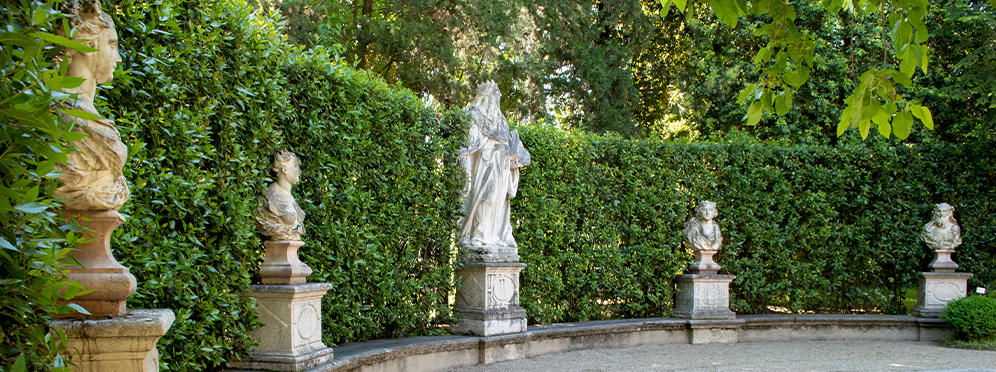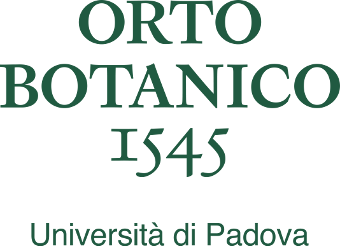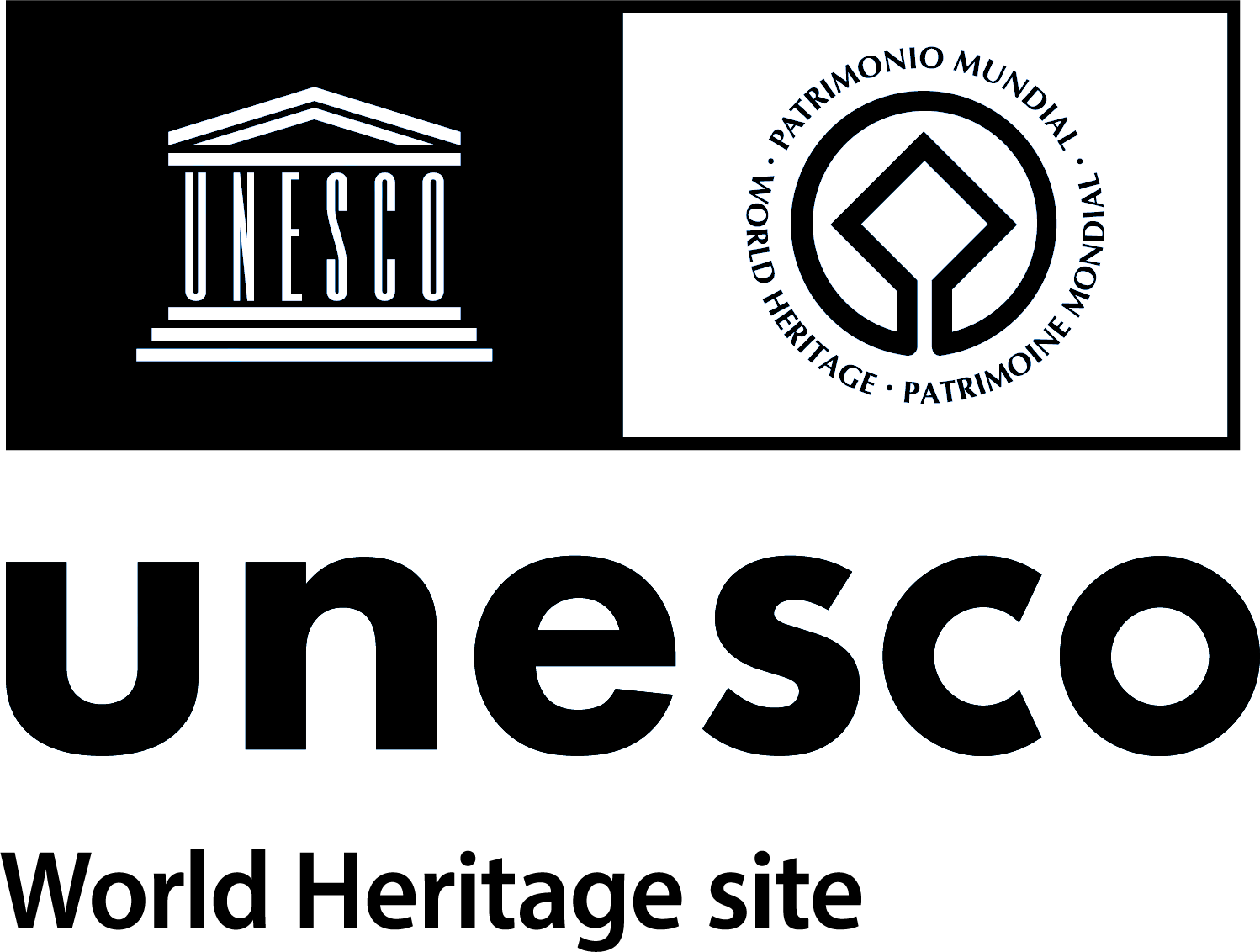Sustainable restoration at the Botanical Garden
Statues of Solomon, Theophrastus and busts of the Four Seasons

On Wednesday 11 October the Botanical Garden started the conservative restoration of its sculptures, in collaboration with the Istituto Veneto per i Beni Culturali - IVBC (Veneto Institute for Cultural Heritage) of Venice.
The project, funded by NRRP, is aimed at intervening on the main deterioration phenomena that characterise them by reducing the causes of their decay as much as possible, improving their conservation, as well as recovering their compromised appearance. The intervention consists of multiple stages, whose methodology encompasses an environmentally conscious approach that preserves the health of operators: the products used for the restoration are eco-sustainable formulations based on essential oils and supporting agents of vegetable origin, classified as non-toxic to humans and environmentally friendly.
The sculptures under restoration are located in two different areas of the Botanical Garden, outside the circular wall of the Hortus cinctus, and were made in the early 18th century as part of renovation works.
Near the East Gate is located the statue of Solomon - made of soft stone by Giovanni Bonazza, as confirmed by the inscription 'I. BONAZZA F.' still visible on the plinth - who represents wisdom and knowledge and holds an open book with an inscription from the Bible, a reference to his botanical knowledge "A/ CEDRO/ QUAE EST/ IN LIBANO/USQUE A.D [...]C REG. III". Around the statue of Solomon the busts of the Four Seasons were placed in 1820: they are marble sculptures that marked a change for that time, an opportunity to insert some imaginative touches into the order of a garden.
Near the South Gate, in a particularly prominent position inside the Garden, is located the soft stone statue of Theophrastus, a philosopher and pupil of Aristotle who wrote two important treatises on plants (Enquiry into Plants and On the Causes of Plants).
Upon completion of the works, monitoring actions will be implemented to assess their state of conservation and delay the occurrence of degenerative phenomena.
The project is funded by NRRP (National Recovery and Resilience Plan - Piano Nazionale di Ripresa e Resilienza), Mission 1 – Digitalisation, innovation, competitiveness and culture, Part 3 – Culture 4.0 (M1C3), M 2 “Regeneration in small cultural sites, religious and rural heritage”, Investment 2.3 "Programmes to enhance the identity of places: parks and historic gardens" - Interventions for the preservation of botanical heritage and biodiversity, restoration of architectural and sculptural structures, energy and environmental efficiency of systems, enhancement of usability and communication of environmental issues, CUP C98E22000020006, Action B.b.1.






